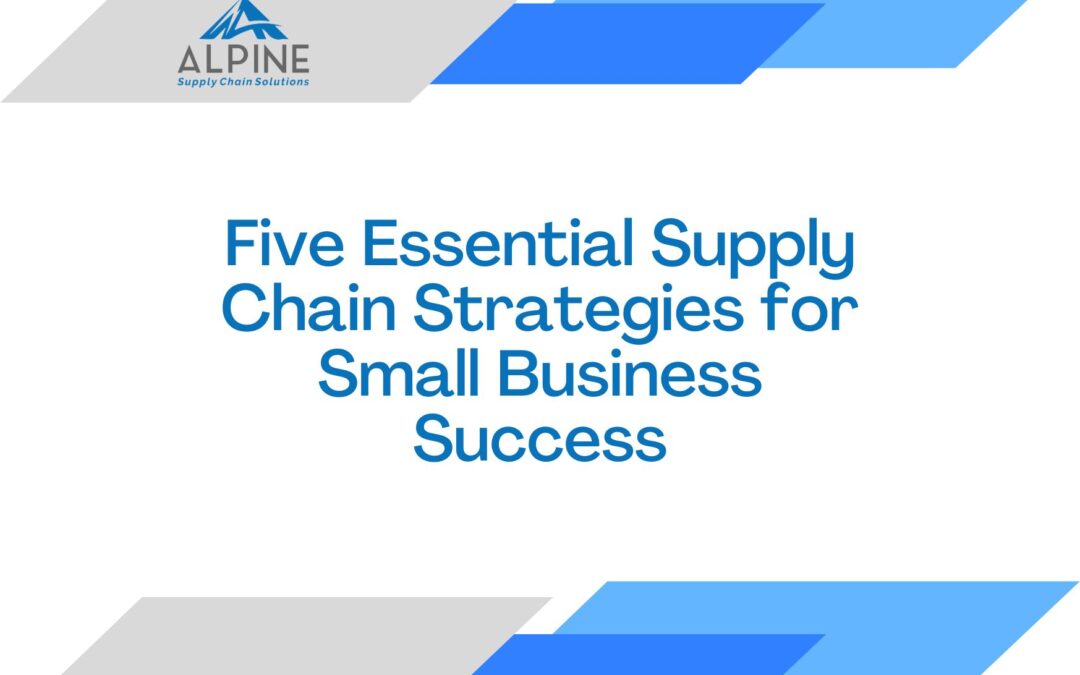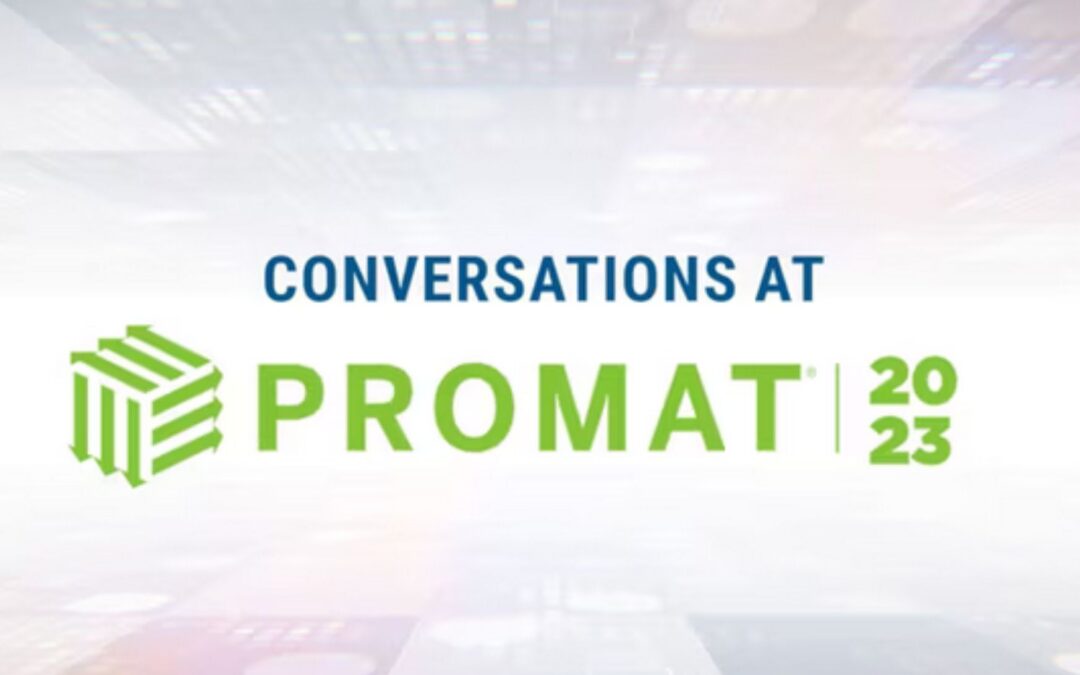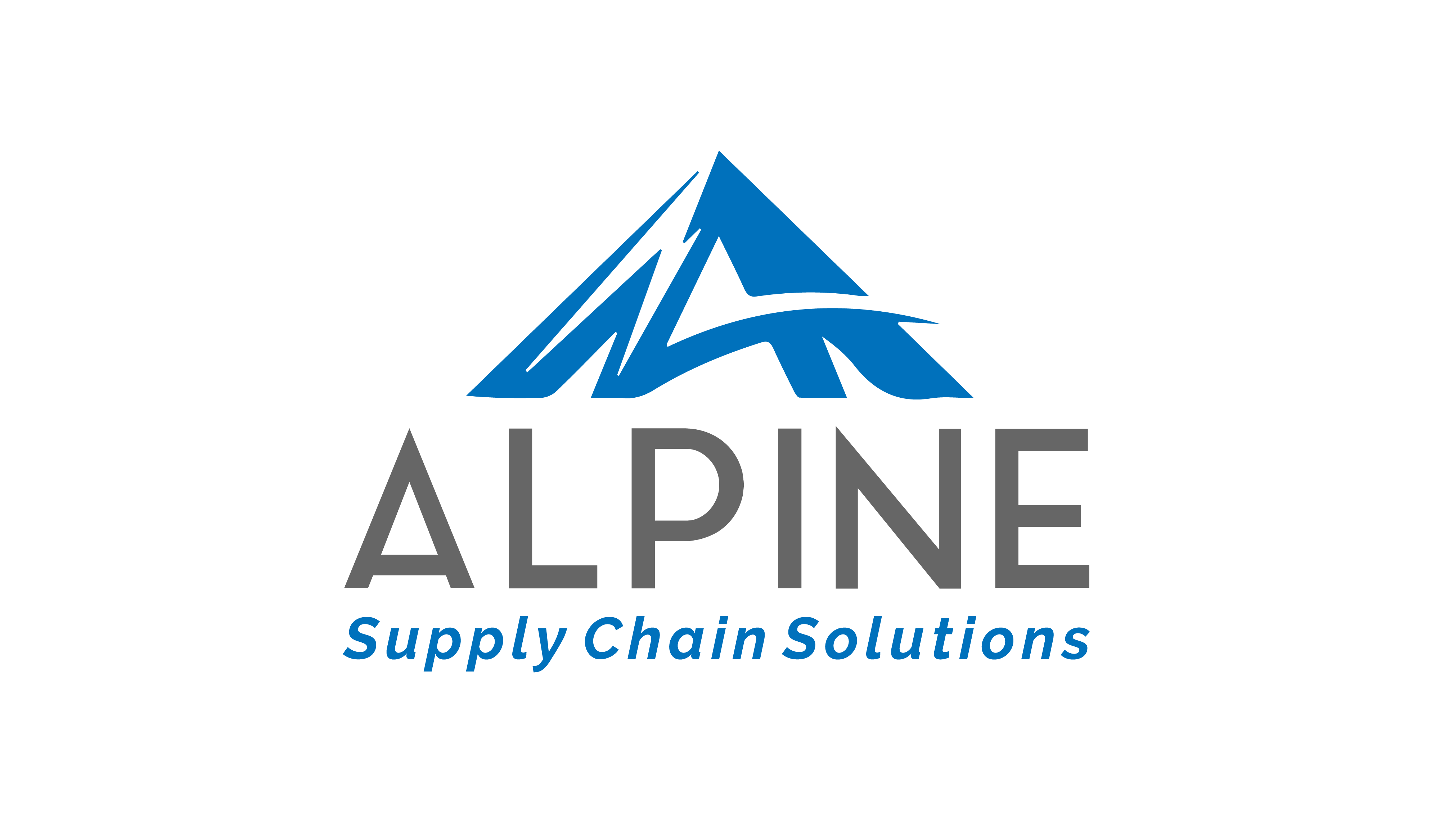
by Noelle Abarelli | Mar 27, 2024 | Uncategorized
Small and mid-sized businesses (SMBs) face the undeniable challenge of meeting consumer needs while addressing operating costs that can be unforgiving for companies of a smaller size. With those challenges, comes the need to invest in savvy supply chain solutions that won’t hold them back. While there are countless strategies they can employ, some rise to the top with the most promise.
Inbound Logistics recently spoke to Alpine’s Senior Director, Brandon Novak, about his insights into how SMBs can thrive in an ever-fluctuating market. In their article, Getting to Big: SMBs Embrace Tech Partnerships, they uncover different supply chain strategies SMBs can implement to stay ahead of the curve. The main takeaway: SMBs require investment in supply chain partnerships and technology to sustain and grow.
Five Steps to Success
Read on for five tips that Novak and other industry experts suggest SMBs implement to stay on top.
- Navigating supply chain operations and partnering with logistics and technology vendors are crucial for SMBs. It provides access to advanced technology, can present cost savings, is scalable and flexible, and allows them to focus on their core competencies while providing superior customer service.
- For SMBs working with high demand or the unexpected popularity of certain products, a short-term solution to implement is to lean on vendors for extra assistance. Pushing packaging and labeling needs upstream to other vendors gives SMBs time to search for and eventually implement a long-term solution they can depend on later.
- Working with a third-party logistics (3PL) provider can offer SMBs specialized offerings, like cold storage or transportation management. Delegating supply chain functions to a 3PL will free SMBs to focus on their core competencies while bridging supply chain cost gaps.
- Eliminate “technical debt” as soon as possible. SMBs that have been operating for decades may have a cobbled-together set of enterprise software solutions that are barely keeping the operation on track. The inefficiencies within this are countless, and are more than likely leading to “technical debt” — the potential expenses that arise from choosing expedient but constrained solutions over more comprehensive approaches during software development. The longer it takes for operations to address these directly, the more inefficient and hindered they become.
- Regular check-ins and assessments of supply chain operations are essential for SMBs’ continued growth and scalability. Running an operation is not a set-and-forget business, it requires periodic evaluations to ensure nothing is falling through the cracks.
For more details on these expert recommendations, read the full article Inbound Logistics article here.
In a dynamic market environment where SMBs contend with both consumer demands and operational constraints, investing in robust supply chain solutions is paramount. These decisions are big ones, and it’s often difficult to get the full picture. That’s where we come in. We have the knowledge you need to determine what your SMB needs to thrive. Reach out to speak with one of our supply chain experts today, and let’s see how you can make the most out of your supply chain.

by Noelle Abarelli | May 22, 2023 | Uncategorized
Founded in 1960, Dexter Group is a premier supplier of axles, suspension, brakes, doors, venting products, trailer parts and accessories, and towing components serving the commercial trailer, RV, heavy-duty, marine, agriculture, and manufactured housing markets.
Alpine is proud to be partnering with Dexter on Project LEAP – a large-scale ERP development and implementation project. Project LEAP began as a WMS implementation, but as Dexter acquired new business units and brought them into their distribution network, the project evolved into something greater crafted with a focus on four key elements:
- Learning
- Equipment
- Advancement
- Progress
The project’s goal is to bring Dexter together as one entity so that all branches can work together in one system fostering cross-functional alignment. This gives both employees and customers the ability to view product availability from all over the country, empowering the Dexter Group to serve their customers holistically, in a way they were not able to do when using multiple ERP systems.
Launching Project LEAP across different sites, branches, and personnel, involved a huge collaborative effort, but it’s been well worth the work. With all teams involved it means every department has representation and a say in the process, from sales, marketing, and product development, to purchasing, inventory control, and branch managers.
The benefits of merging all branches into one system are many:
- Better growth opportunities
- Improved visibility throughout branches
- Flexibility to scale with customer needs
- Ability to look into inventory from portable RF devices
- Reducing the number of steps needed to get orders out the door
- Warehouse duties can be better distributed and organized as needed
Watch this video to learn more about Project LEAP, and to get tips on how to successfully manage a large implementation project of your own. If you’re looking for optimal solutions that drive maximum value to get the most out of your supply chain, Alpine Supply Chain Solutions can help. Reach out today!

by Noelle Abarelli | May 16, 2023 | Uncategorized
This post about Alpine Supply Chain Solutions & Ecentria is taken from SupplyChainBrain, written by Russell W. Goodman.
Huge growth in sales led to the need to optimize inventory, fulfillment and warehouse operations at Ecentria, say Michael Wohlwend, managing principal of Alpine Supply Chain Solutions, and Andrew Mironov, head of operations at Ecentria.
Ecentria, an online distributor of high-end technical gear and apparel for outdoor enthusiasts, hunters and law enforcement personnel, experienced sales growth that outstripped storage capability in its distribution centers, says Mironov. “We needed to look at our distribution network as a whole, and make sure that we were properly serving our customers and saving on overhead costs.”
In addition to storage, Alpine analyzed SKU and velocity growth, Wohlwend says. “Coupled with their order profile, we were able to identify justifiable automation solutions. We ended up going with a goods-to-person solution.”
Following that, Alpine performed a distribution network analysis, looking at inbound and outbound transportation costs. The goal was to optimally serve both the East and West Coasts within two days. All analyses were completed within 12 weeks, Wohlwend says.
“From the storage type analysis, we decided to optimize our storage pick faces with some different racking profiles,” Mironov says. “And we also looked into a goods-to-person solution that will sustain us for years to come. When we reviewed our distribution network analysis, we found that our two-DC configuration we currently employ is actually optimal for not only our consumer base, but our supply chain as well.”
In Mironov’s opinion, Ecentria learned quite a bit about its own business from Alpine’s “deep dive.” It gave management “confidence in knowing that our existing distribution network set-up was ideal for our customers.”
The relationship continues, Mironov says. “We are going to be working together to look closely at our slotting arrangement within our warehouse, and making sure the layout is ideal for optimal efficiencies for our labor force.”

by Noelle Abarelli | Mar 28, 2023 | Uncategorized
As Elin Nordegren once said, “Education is one thing no one can take away from you.” And yet, with the rising cost of education, it can sometimes feel like access to education is in jeopardy, and we’re doing what we can to protect it. That’s one of the reasons we established the Pat Gallagher Scholarship fund in 2020.
Created by Alpine Supply Chain Solutions as a tribute to Pat, a founding member of Alpine, The Pat Gallagher Scholarship awards two promising individuals with $2,500 to help them pay for whatever scholastic needs they may have: tuition, textbooks, or any equipment that supports their studies.
Pat was a 25-year supply chain engineering veteran who designed, built, and sustained distribution center networks for many Fortune 500 companies. The recipient of a Pat Gallagher Scholarship is an individual who demonstrates hard work and determination and an interest in the supply chain industry. Pat’s wife, Lori, stated “Pat would have loved to know that he’s helping young engineers with their schooling. He was always ready to mentor others and he loved everything about his job.”
This year, we’re happy to award the scholarship to Andrew Routsala and Hannah Hong, both juniors studying Supply Chain Management at Michigan State University.
Andrew will graduate in May of 2024, and hopes to have a full-time job secured in the Supply Chain Management field at that time. This summer he will complete an internship in the global supply chain planning department at Amway.
Hannah also hopes to secure a role in the supply chain field after graduation. She plans on working her way up to becoming a supply chain manager through time and experience.
We’re so honored to help them along their journey and cannot wait to see the amazing things they achieve as they progress.

by Noelle Abarelli | Oct 12, 2022 | Uncategorized
Supply chain professionals like us spend most of our year meeting deadlines, solving problems, and looking for ways to improve our processes, it’s exhausting and rewarding work. And while making sure our clients get the help they need, when they need it is our top priority, we also pride ourselves in being active members of our community. That’s why this was our 5th year in a row participating in Gigi’s Playhouse’s annual golf fundraiser!
About Gigi’s Playhouse
Gigi’s Playhouse works to support individuals with Down Syndrome and their families from initial diagnosis on. They make a lifetime commitment to remain by their side, offering therapeutic-based programs, educational opportunities, career development, and more. The organization is 100% donation-run and all programs are offered free of charge. You can learn more and make a donation here.
Why Gigi’s Playhouse?
Down Syndrome is the most common chromosomal disability in the US, and yet it’s the most underfunded. That’s not ok with us, and we’ve dedicated ourselves to not only helping them but to spread the word too. We find multiple ways to volunteer and support Gigi’s every year, and one of our favorite activities is their annual golf fundraiser which took place on October 10, 2022.
This was our fifth year playing in the tournament hosted at Wynstone Private Golf Club in Barrington, OH. Many thanks to our customers and partners who joined us for this amazing event:
Alex O’Donnell (CTL)
Andrew Mironov (Ecentria)
Bob Moran (First Logistics)
Brandon Novak (CSI)
Dan Wasilowski (CSI)
Eric Topa (Bed Bath & Beyond)
Karen Galena (First Logistics)
Rich Road (Leica Bio Systems)
Rob Saper (Dexter)
Scott Lee (CSI)
Steve Baker (SAP)
Stu Gallup (Mark Andy)
Tim Engstrom (Essendant)
As always, the event was not only fun but incredibly rewarding. Spending a day out with good people on the green is a gift in itself, but knowing that we’re raising funds to help those who need it most? As MastercardⓇ would say, that’s priceless. To learn more or to make a donation, visit Gigi’s website.

by Noelle Abarelli | Apr 22, 2021 | Uncategorized
As companies have dealt with COVID-19’s effects, businesses have increased their focus on supply chain management and suppliers in particular. The events of the past year have underscored the importance of understanding each supplier’s value to an organization. Supplier segmentation is more necessary than ever. Here’s how to start the process and why it matters for your business.
What is supplier segmentation?
Supplier segmentation, a critical component of supplier relationship management, is the process by which organizations group their suppliers into categories based on a number of factors.
Understanding a company’s vendors and their importance to the organization are crucial early steps in the supplier relationship management process, said David Saunders, senior consultant at Ultra Consultants, a firm that serves the manufacturing and distribution industries. Supplier segmentation is a way of accomplishing this.
Companies have a variety of tools they can use to segment their suppliers.
One of the most useful is Kraljic’s Supplier Segmentation Model, Saunders said. The method is named for Peter Kraljic, who in a 1983 Harvard Business Review article proposed using the model to assess purchases. Businesses make a quadrant, similar to Gartner’s Magic Quadrant, which divides suppliers into four categories based on associated risks and other factors. For example, suppliers of less critical commodity items are in a different category than suppliers of key technologies.
The model has various benefits for the user.
One is that the model ranks the relationship with the supplier above short-term profitability consideration, Saunders said. In addition, instead of focusing on supply risk, the model attempts to evaluate the necessity or difficulty of finding an alternative supplier.
READ FULL ARTICLE







